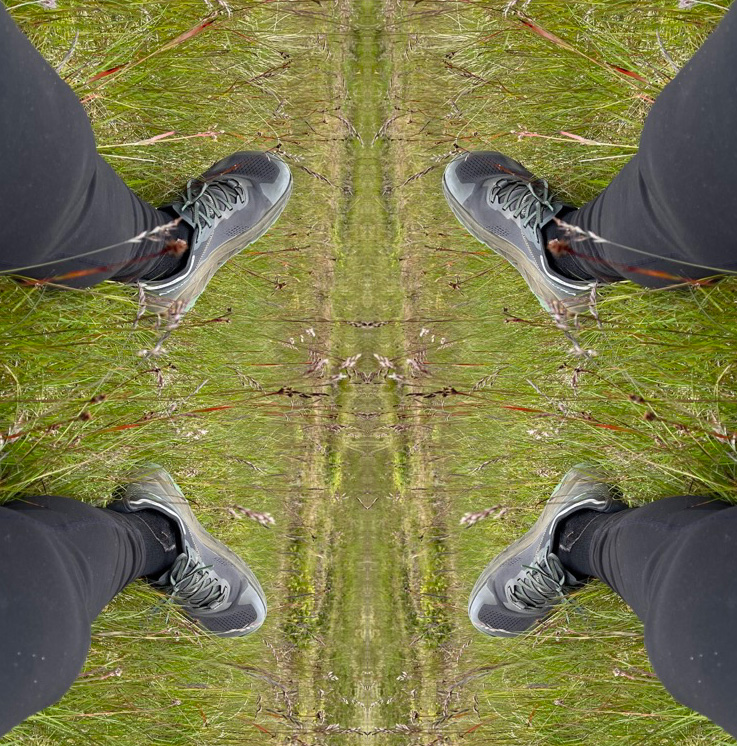See and hear each other: The Museum of Sounds
In short
It is a short exercise on listening to each other; listening to each other’s meaningful sounds and creating together a multi-voiced choir.
Set-Up
Half an hour; if you want the subgroups to present their museum of sound to each other you will need more time.
Participants
Group; couples of two participants and subgroups of 4 participants.
Process:
- To see the other
- Walk around. Take all the space. Look at the space. Look at each other.
- Can you find a partner you do not know very well? Take time to look carefully at each other. What is a pleasant distance between you both to do so?
- Then, one partner turns back, so he/she cannot see the other.
- The other partner changes something small but visible in his/her appearance
- Turning back, the partner looks carefully, and notices it.
- To hear each other
- Take another walk together. Find another couple you do not know very well. Walk further as a group of 4.
- Find a place with enough space for all of you and where you can make sounds without disturbing others too much. Use tape and collaborate on marking your ‘museum or concert space’.
- On your own, imagine this: we will build a museum of sounds. Which sound, meaningful to you, – where you come from or what you have experienced – should be kept in the museum? Try to make this sound, by voice or material, words, or tones. It must be repeatable.
- Step into your museum space and let the others in your small group hear your sounds. Provide a short explanation in one sentence.
- When you have heard all four sounds, start to improvise. Step into the museum space, create a duet and create an improvisation that includes all of you. Who starts? You may repeat, be silent, wait, or make variations. Use your body to amplify your sound
- Invite another group to come to your museum of sounds and let them listen to your sounds/improvisation.
Evaluation:
Possible questions for a short evaluation in a small group or collectively:
- Have you seen the other? How did it feel to be seen?
- Could you listen to the sounds of the other? Did you close your eyes to listen deeply?
- Did you make a connection between the sounds and what the person says about the sound in your imagination?
- How did you build up your improvisation? Did you create something new together?
- How did you experience the museum of sounds — by presenting and by listening?
Connection to PIMDI:
- Elaboration of differences or different perspectives.
- The imagination of concepts of values through embodiment.

Photo: Ingimar Ólafsson Waage
Encountering, Listening, Looking, Speaking/singing
